What Gets You High?
The Endocannabinoid System or ECS
You may not know that humans have an entire system in our body named after weed – our endocannabinoid system. “Endo” is short for “endogenous” meaning inside your body, and “cannabinoid” comes from “cannabis”. It was named like this because the substances found in the cannabis plant were discovered first and named cannabinoids; it was later discovered the human body produces its own substances that are molecularly similar.
The ECS is the network of receptors, endocannabinoids and enzymes that help our bodies control a myriad of health factors, from appetite and metabolism to mood and stress. The ECS works to maintain homeostasis—or equilibrium—by keeping your internal environment stable, no matter what is happening outside your body. This network of receptors is all over your body, with notable concentrations of receptors in your brain and along your digestive tract, depicted below:
The discovery of anandamide, the human body’s own endogenous cannabinoid, is thanks to cannabis research that took place as early as the 1960s. It has been dubbed “the bliss molecule”, for the role that it plays in mood, appetite, sleep and even memory loss. Its molecular resemblance to THC makes it a point of interest to many scientists and researchers, as it may help us understand how cannabis can be beneficial for the human body.
It wasn’t until 1988 in a government-funded study at the St. Louis University School of Medicine that Allyn Howlett and William Devane determined that the mammalian brain has receptor sites that respond to compounds found in cannabis. These receptors, named cannabinoid receptors turned out to be the most abundant type of neurotransmitter receptor in the brain!
There are two broad types of cannabinoid receptors that researchers are aware of: CB1 and CB2. CB1 receptors are found mostly in the brain and in the nerves of the spinal cord; they help to moderate memory, mood, perceptions of pain and motor functions. CB1s are also what allow for the psychoactive effects of THC when it binds to them. CB2 receptors abound in the immune system, and also exist in the digestive system and the extremities. They help control inflammation. Different cannabinoids bind to these sites in different ways, which create different effects in the body.
Here are a few types of cannabinoids that we will expand upon in future posts and link back here:
- THC (Tetrahydrocannabinol)
- CBD (Cannabidiol)
- CBG (Cannabigerol)
- CBN (Cannabinol)
Disclaimer: This article is not a substitute for professional medical advice, diagnosis, or treatment. Always consult with your doctor or other licensed medical professional. Do not delay seeking medical advice or disregard medical advice due to something you have read on this website.
References
https://www.labroots.com/trending/cannabis-sciences/8456/endocannabinoid-system-discovered

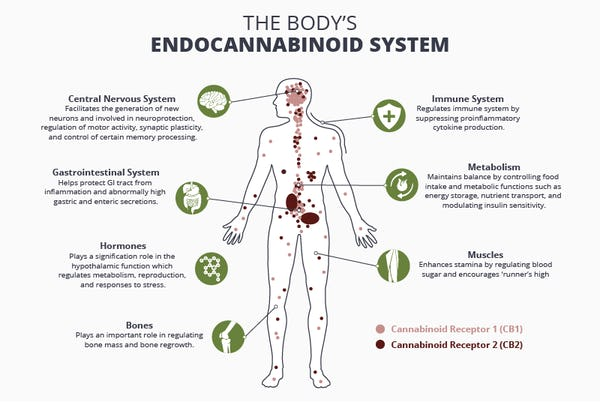

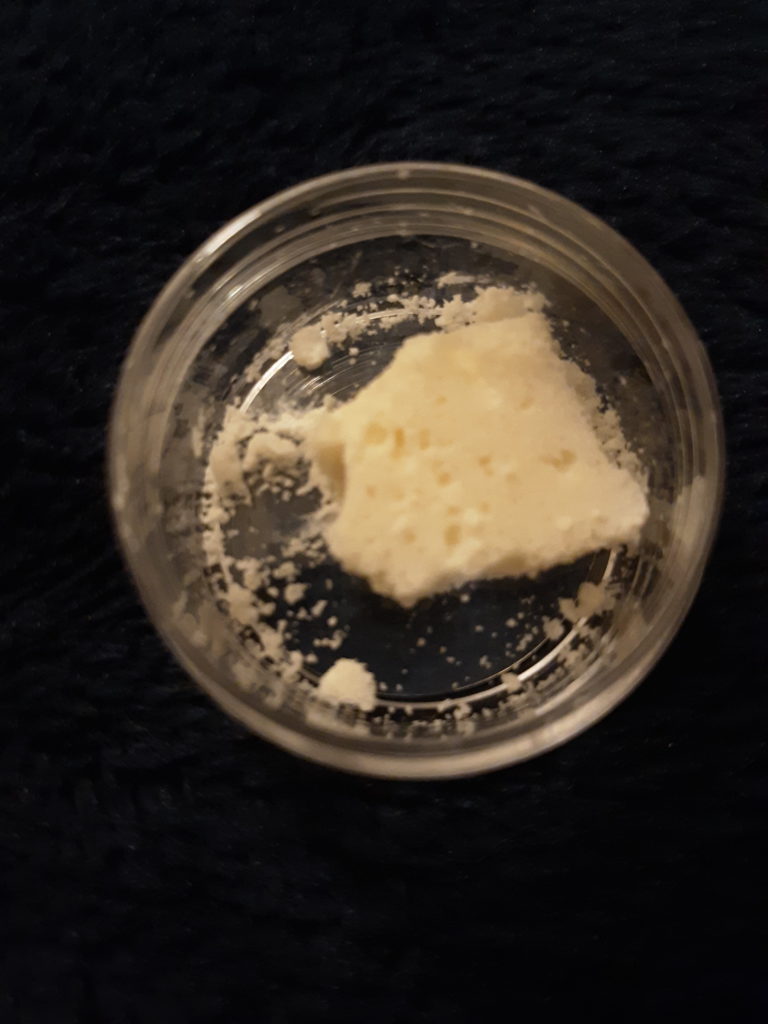

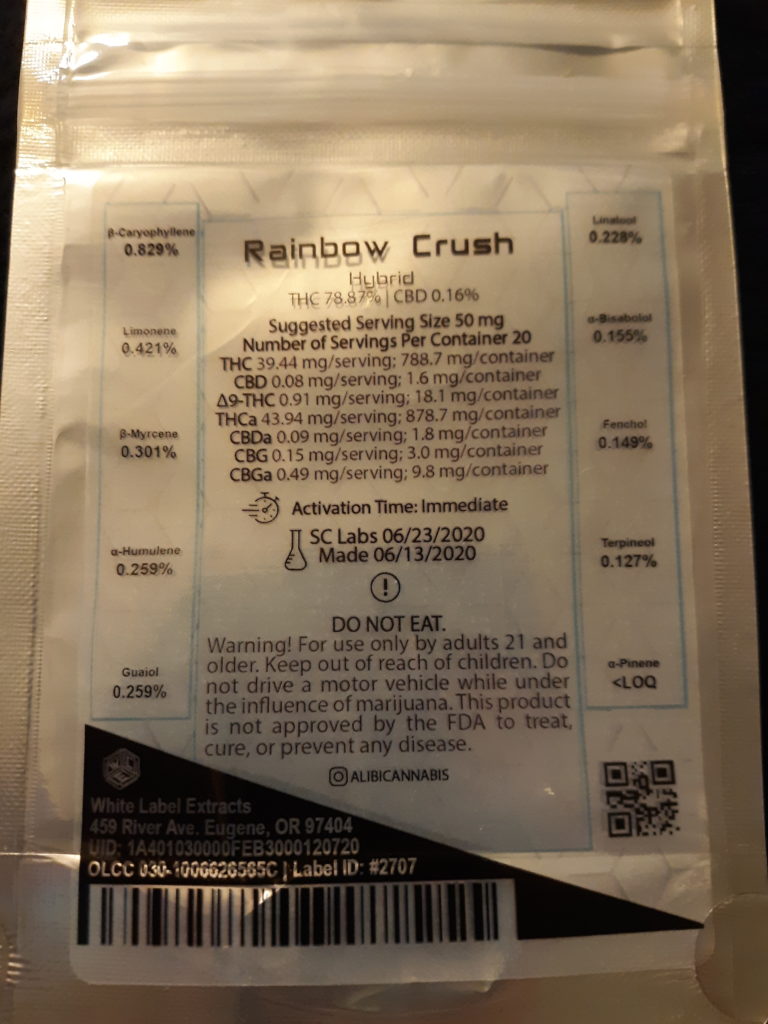


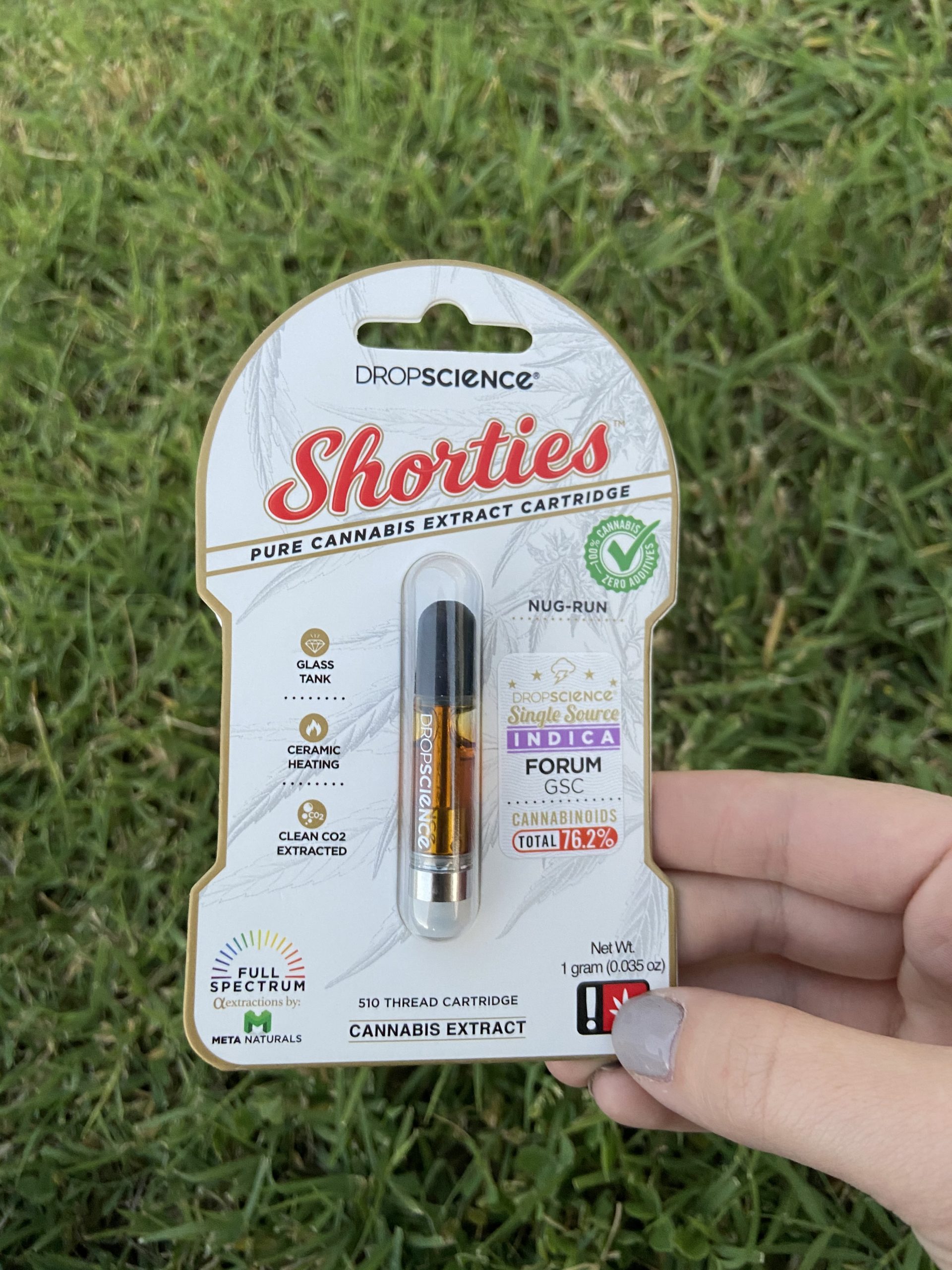







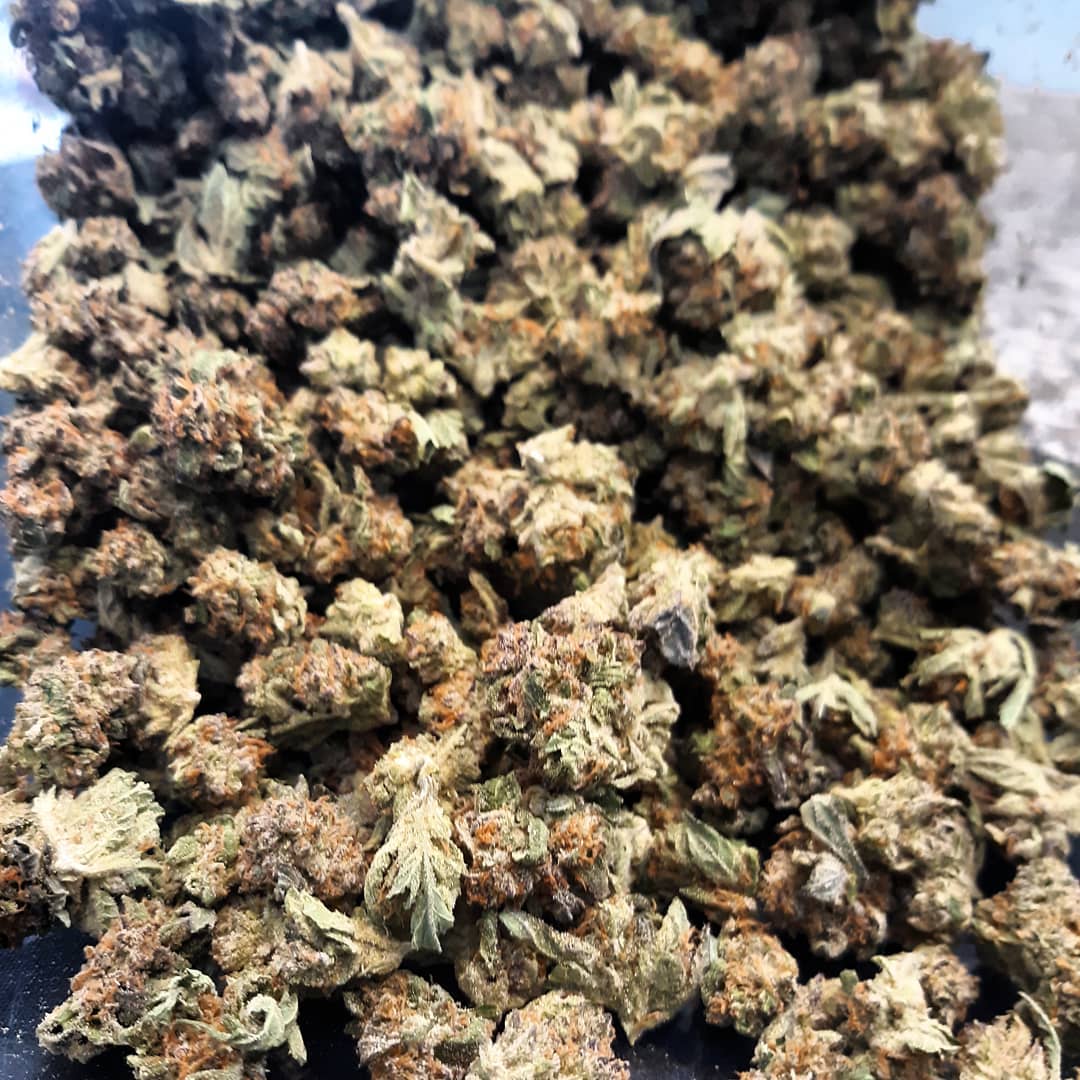



Recent Comments